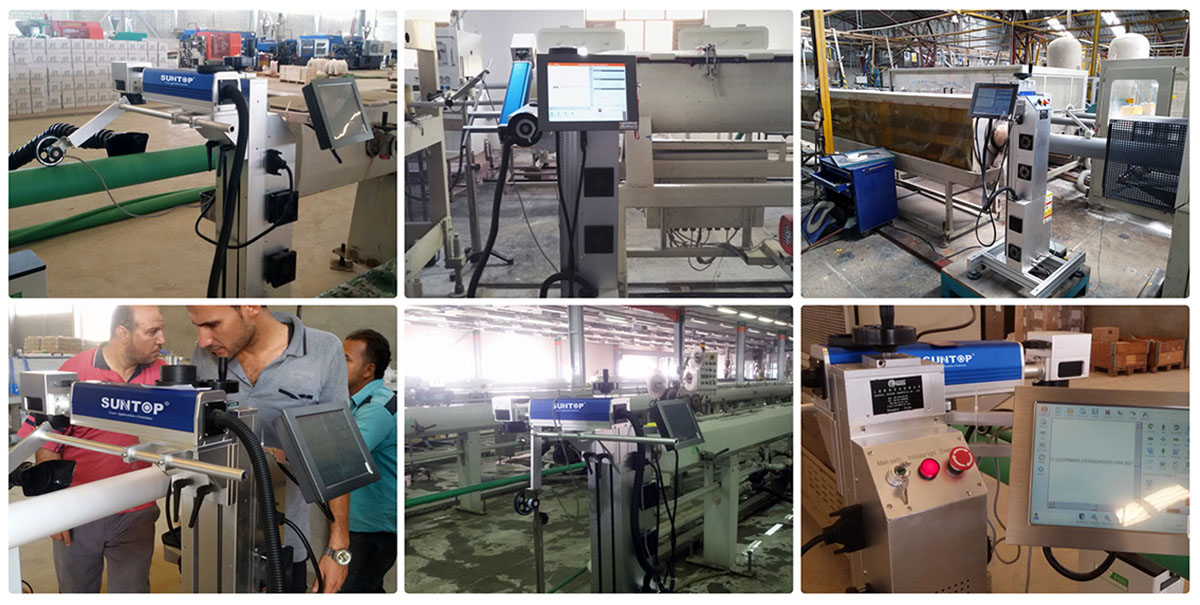1. Integration and Automation
In order to improve production efficiency, enterprises can deeply integrate the flying laser marking machine with other equipment (such as conveyor belts, testing equipment, etc.). This integration can not only achieve seamless collaboration between equipment, but also optimize the entire production process.
● Intelligent manufacturing concept: With the concept of intelligent manufacturing, the laser marking machine can be linked with other parts of the production line through industrial robots, automated conveying systems, etc. For example, the marking machine can be directly connected to the conveyor belt, and the product automatically triggers the marking process when it passes through the laser marking machine, avoiding manual intervention.
● Testing equipment integration: Integrated testing equipment can be used to perform quality inspection on products immediately after marking to ensure that the identification of each product is clear and accurate. Once the problem product is identified, the system can automatically remove it to prevent unqualified products from entering the market.
Through this integrated and automated approach, the production line can achieve efficient and stable operation, significantly improving production efficiency.

2. Real-time monitoring and data feedback
The application of Internet of Things technology can achieve real-time monitoring and data analysis during the production process, thereby optimizing the marking process.
● Real-time monitoring: By installing sensors and cameras, key parameters such as the working status, production speed and marking quality of the laser marking machine can be monitored in real time. Once an abnormal situation occurs, the system can alarm in time to reduce downtime.
● Data feedback and analysis: By collecting and analyzing production data, enterprises can identify problems that restrict production efficiency, such as whether the marking speed is optimal and the frequency of equipment failures. Using big data analysis technology, enterprises can make timely adjustments and optimize production processes to improve overall marking efficiency.
This real-time monitoring and data feedback mechanism makes production decisions more scientific and effective, helping enterprises to always maintain their advantages in competition.
3. Program management
Through software programming, the laser marking process can be further optimized, switching time can be reduced, and marking speed can be increased.
● Process optimization: Enterprises can use programming to plan the laser marking process in detail, including marking content, speed setting, laser power, etc., to achieve the best marking effect. In addition, when the production line needs to switch different types of products for marking, program management can preset different marking parameters, which greatly shortens the switching time and improves production continuity.
● Intelligent scheduling system: The introduction of an intelligent scheduling system can automatically select the optimal marking solution based on real-time data, avoid production bottlenecks during peak hours, and increase overall production speed. This flexible program management can not only improve work efficiency, but also reduce resource waste and achieve the goal of lean production.
Through integration and automation, real-time monitoring and data feedback, and program management, companies can significantly improve the production efficiency of flying laser marking machines, thereby accelerating product launch and improving market competitiveness. Click here for more information























